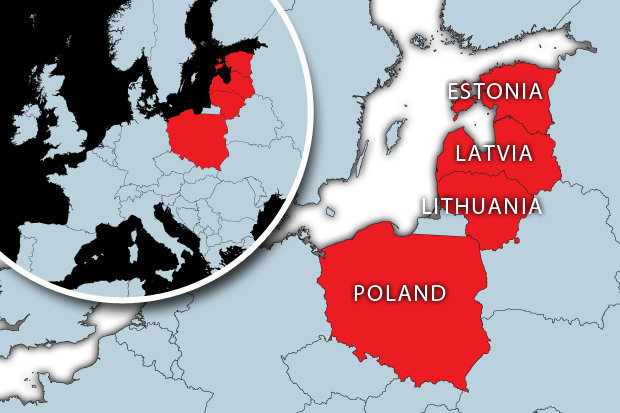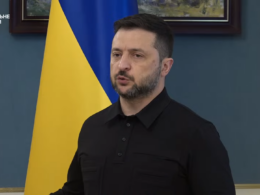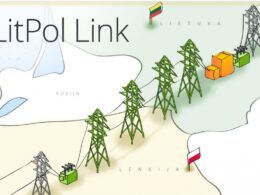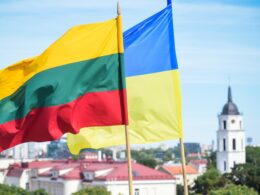Reuters reported on 27 June that Poland, Lithuania, Latvia, and Estonia have urged the European Union to construct a defense line along their border with Russia and Belarus.
According to Reuters, the leaders of four countries sent a letter to the EU chairman with the proposal, which aims to protect the EU from Moscow's military and hybrid threats.
"Building a defense infrastructure system along the EU external border with Russia and Belarus will address the dire and urgent need to secure the EU from military and hybrid threats," the leaders of the four countries stated in the letter.
The initiative calls for EU-wide financial support, with some diplomats estimating the cost at around 2.5 billion euros ($2.67 billion) for the 700 km border to protect the 27-nation bloc of 450 million people. The letter emphasizes the need for "extraordinary measures" to protect the EU's external border "with military and civilian means."
The proposal comes as European defense investment is set to be a key topic at the EU summit, with Russia's war in Ukraine entering its third year. The four countries argue that the project should be coordinated with NATO and its military requirements.
This call for a ground defense line follows an earlier proposal by Greece and Poland for an EU air defense system modeled on Israel's Iron Dome. The leaders stressed that the scale of the project necessitates dedicated EU action, both politically and financially.
The presidents of Romania, Poland, and Latvia issued
a statement on 11 June expressing “deep concern” over Russia’s malign hybrid activities targeting NATO members. According to the statement, Russia employs tactics ranging from sabotage and cyberattacks to illegal migration to destabilize NATO nations.
Read also:
- Reuters: New US-Ukraine deal promises immediate response to military threats, long-term support for Ukraine’s armed forces
- Reuters: Stoltenberg claims NATO adapts its nuclear arsenal to Russia’s threats
- Ukraine records highest number of children’s deaths in Kharkiv and Donetsk regions





